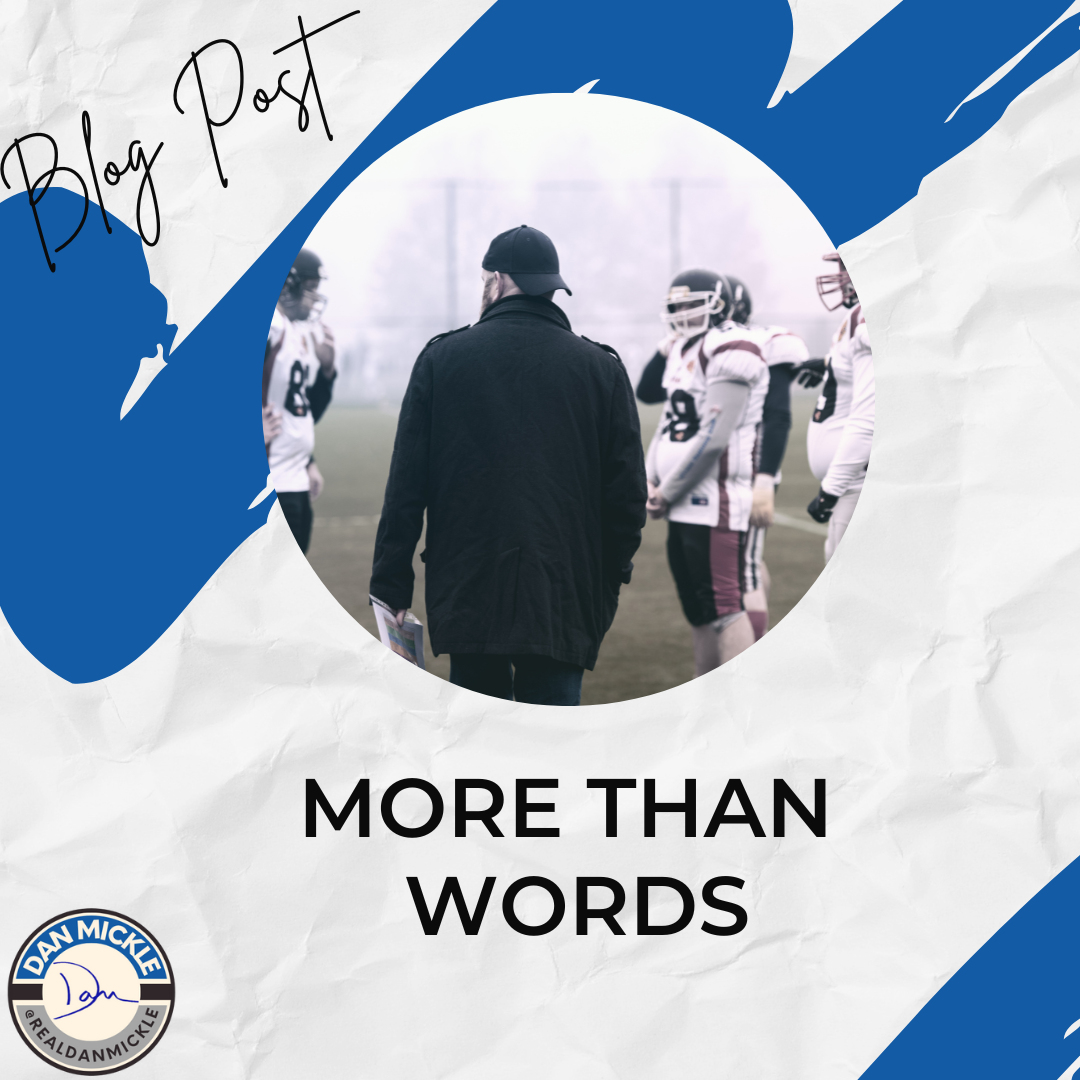Coaching is communication. But what happens when words aren’t enough?
For many neurodivergent athletes—whether they’re autistic, have ADHD, dyslexia, or other cognitive processing differences—traditional verbal instruction can feel like a jumble of sounds that don’t quite click. You tell them to “stay in their lane,” and they take it literally. You shout “keep your head in the game,” and suddenly, they’re overanalyzing the philosophical implications of their existence on the field. The good news? There are better ways to communicate that can make coaching more effective and, frankly, less frustrating for everyone involved.
The Problem with Traditional Coaching Communication
Most coaches default to verbal instructions because, well, that’s how they were taught. But just because a method has always been used doesn’t mean it’s the best. Many neurodivergent athletes process information differently: they might struggle with auditory processing, have difficulty filtering out background noise, or require extra time to process spoken words. And let’s be real—”just listen better” is not an effective coaching strategy.
So, what’s the fix? The key is shifting from a one-size-fits-all verbal approach to a multi-modal communication style that integrates visual, kinesthetic, and alternative cues.
Show, Don’t Just Tell
If words aren’t sticking, demonstrate. Neurodivergent athletes often thrive with visual modeling—seeing the movement rather than just hearing about it.
✔ Use Video Clips: Show a quick video of the skill in action. Bonus points if you can slow it down or annotate key movements.
✔ Demonstrate It Yourself: Nothing says “this is how it’s done” like doing it yourself.
✔ Peer Modeling: Have another athlete demonstrate the correct form or strategy in real-time.
Visual Cues and Supports
A picture really is worth a thousand words, especially for athletes who process visual information more effectively than auditory instructions.
✔ Diagrams and Playbooks: Use simple drawings, diagrams, or whiteboard sketches to break down plays and movements.
✔ Hand Signals: Create specific, consistent hand signals for key instructions like “slow down,” “move left,” or “reset.”
✔ Color Coding: Use cones, markers, or colored wristbands to visually distinguish roles or zones on the field.
✔ Cue Cards: Simple, laminated cards with reminders like “Eyes Up” or “Follow Through” can serve as subtle, effective coaching tools.
Kinesthetic and Alternative Cues
Some athletes learn best by feeling rather than seeing or hearing. In other words, let them experience the movement firsthand.
✔ Guided Movement: Lightly tap their shoulder to indicate where they should turn, or guide their foot placement for balance.
✔ Resistance Training: Using bands or light resistance can help athletes feel the proper motion of a skill.
✔ Rhythmic Coaching: Clap, stomp, or use a metronome to help with pacing and movement timing. (Think of it like choreographing a sport—yes, even football has rhythm!)
Reducing Verbal Overload
When you do use words, be strategic. Neurodivergent athletes often benefit from concise, concrete language and extra processing time.
✔ Shorten Your Instructions: Instead of “Make sure you square your shoulders, keep your hips low, and drive through your legs,” try “Low hips. Drive forward.”
✔ One-Step Directions: Break instructions into single steps rather than giving a full sequence at once.
✔ Give Processing Time: Count to five silently after giving an instruction before repeating or clarifying.
✔ Check for Understanding: Instead of “Do you get it?” ask, “Can you show me what that looks like?”
Creating a Low-Stress Communication Environment
Sometimes, it’s not just what you say but how you say it that matters.
✔ Stay Predictable: Routine and structure help neurodivergent athletes feel secure in their learning environment.
✔ Use Positive Reinforcement: Acknowledge efforts with specific feedback—“Great job keeping your feet wide!” rather than a generic “Good work.”
✔ Minimize Background Noise: If possible, reduce distractions by controlling the environment where instructions are given.
✔ Nonverbal Check-Ins: Give athletes a way to communicate their understanding or comfort level, such as a thumbs-up/thumbs-down system.
Coaching Success Story: Making It Click
I once worked with a young volleyball player on the autism spectrum who struggled with positioning during games. No matter how many times his coach yelled, “Stay wide!” he would drift toward the center of the court. We introduced visual boundary markers—a brightly colored cone at the edge of his range—and suddenly, everything clicked. He saw where he needed to be, and the verbal instruction that once felt meaningless now had context. No frustration, no confusion—just a simple adaptation that made all the difference.
Final Thoughts: A Coach’s Job is to Adapt
If there’s one takeaway here, it’s this: Coaches should adapt to their athletes, not the other way around. When you expand beyond verbal instruction and embrace alternative communication styles, you’re not just making your job easier—you’re making learning more accessible, engaging, and effective for every athlete on your team.
Because at the end of the day, coaching isn’t about saying the most words. It’s about making sure the right message gets through.
That’s it for today! Remember: OneDayOne. It is either Day One or One Day. Always your choice. And of course… #DontSuck


